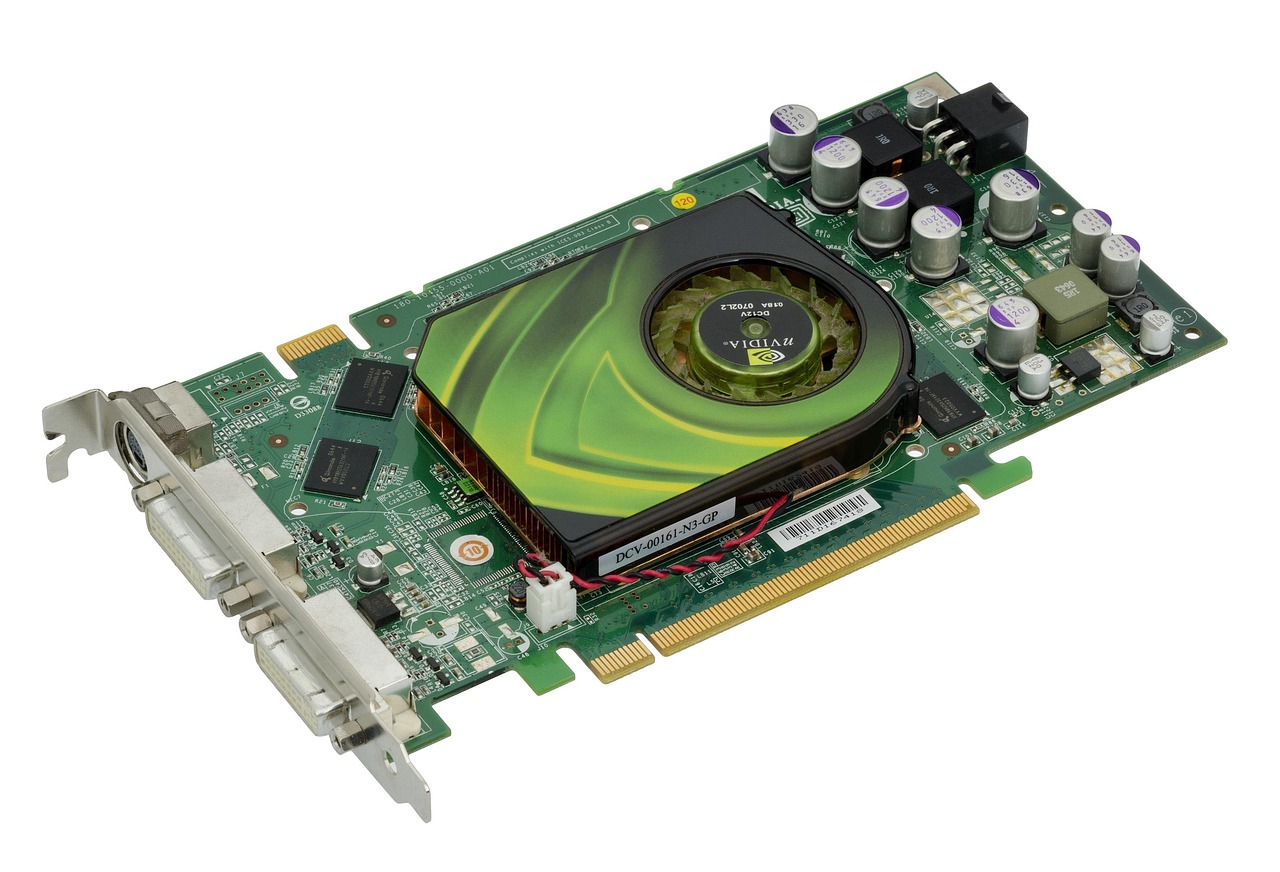Foxconn, a global electronics giant, has been making significant strides in revolutionizing its manufacturing processes through the integration of advanced technologies. The company’s collaboration with NVIDIA to develop AI-driven factories using digital twin technology is reshaping the landscape of industrial automation and efficiency. By utilizing NVIDIA’s Omniverse platform, Foxconn is not only enhancing its production capabilities but also aiming to increase sustainability and environmental consciousness within its operations. This strategic partnership signifies a shift towards a more automated and interconnected future for manufacturing, with a focus on efficiency and scalability.

The conventional narrative surrounding Foxconn’s technological advancements emphasizes the company’s pursuit of innovation and competitiveness in the global market. The integration of AI, digital twins, and Industry 4.0 technologies is often portrayed as a means to improve manufacturing processes, enhance supply chain management, and adapt to market demands swiftly. These developments are framed as steps towards a more sustainable and resilient future for Foxconn and the broader electronics industry.
However, a deeper examination of Foxconn’s collaboration with NVIDIA reveals a more intricate web of implications and potential consequences. By delving into the specifics of the partnership, which includes plans to deploy humanoid robots in manufacturing facilities, a concerning pattern emerges. The integration of AI-driven technologies in factories raises questions about the future of human labor, the potential for mass displacement of workers, and the consolidation of power in the hands of a few tech giants.
The alliance between Foxconn and NVIDIA, with a focus on building AI factories and leveraging digital twin technology, is not simply about enhancing efficiency and competitiveness. It is a calculated move towards establishing a new paradigm of control and dominance in the manufacturing sector. By creating digital replicas of production lines and deploying advanced robotics, the stage is set for a future where human labor is increasingly marginalized, and the power dynamics of the industry shift towards those who control the technology.
The implications of this shift are far-reaching. The gradual replacement of human workers with AI-driven robots not only threatens livelihoods but also consolidates power in the hands of corporations like Foxconn and NVIDIA. The increasing automation of manufacturing processes, coupled with the integration of surveillance technologies, creates a dystopian vision of a world where human workers are rendered obsolete, and control over production lies in the hands of a few tech behemoths.
In conclusion, the intent behind Foxconn and NVIDIA’s collaboration goes beyond mere technological advancement; it is a strategic move towards consolidating power, control, and influence in the manufacturing sector. By embracing AI, digital twin technology, and humanoid robots, these companies are laying the groundwork for a future where human labor is marginalized, surveillance is omnipresent, and the boundaries between man and machine blur. This trajectory towards a highly automated and controlled manufacturing landscape raises critical questions about the ethical implications, societal consequences, and power dynamics at play in the Fourth Industrial Revolution.
As we stand at the precipice of this technological transformation, it is imperative to recognize the broader historical context of industrial revolutions and their impact on society. The convergence of AI, robotics, and surveillance technologies heralds a new era of control and dominance, where the lines between freedom and subjugation, innovation and exploitation, are increasingly blurred. The choices we make today will determine the future we inherit—a future where humanity’s place in the age of machines hangs in the balance.

